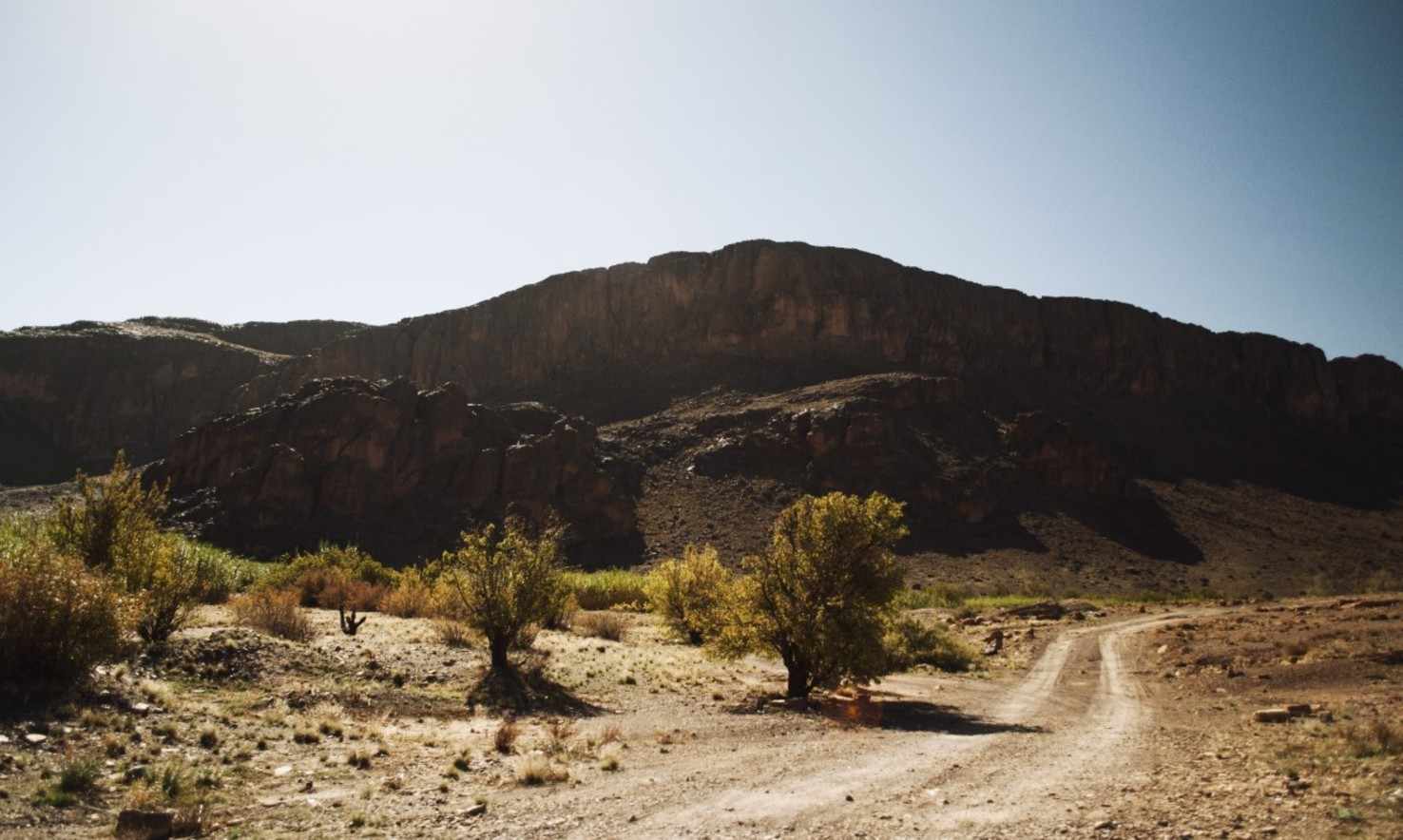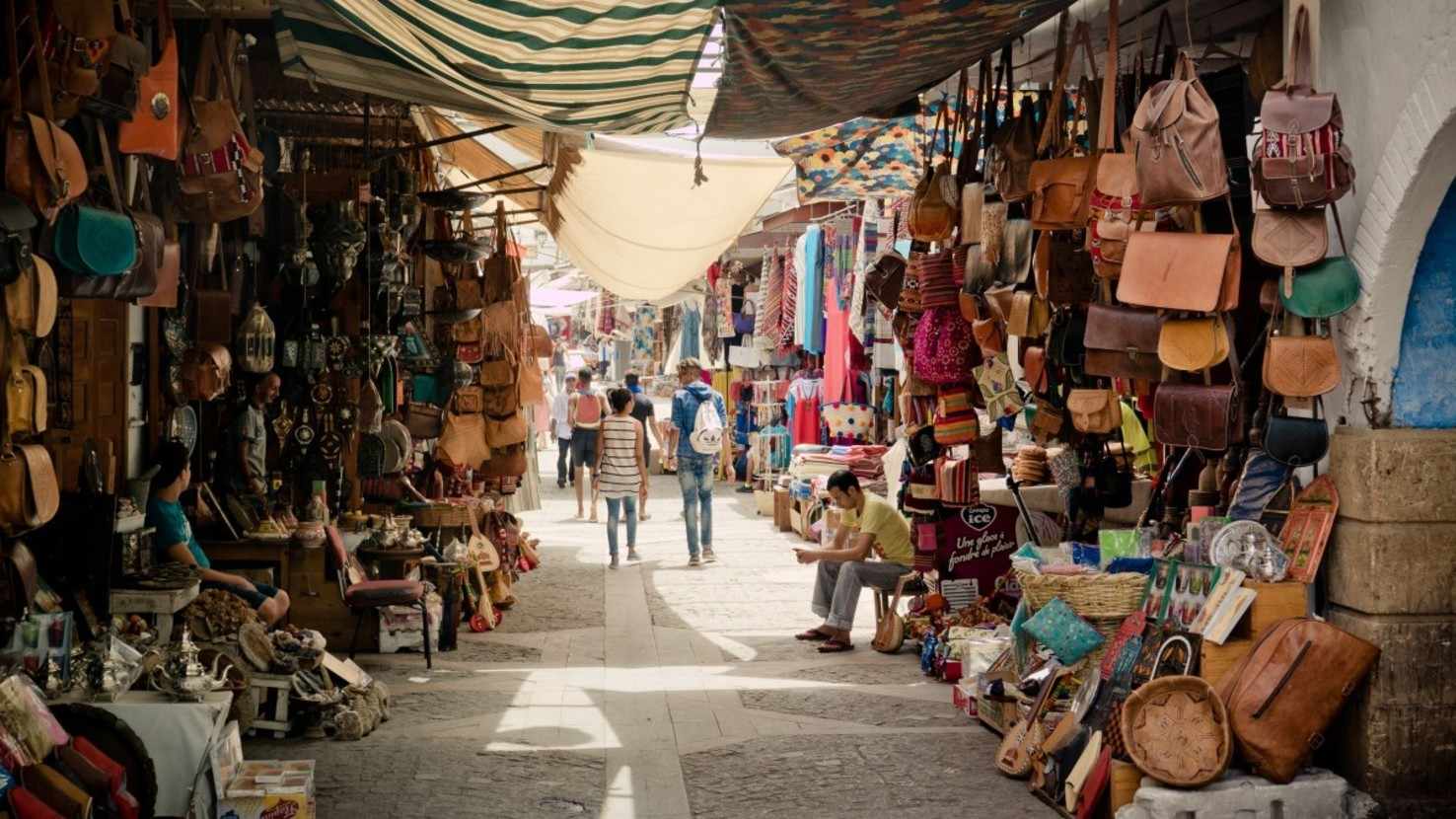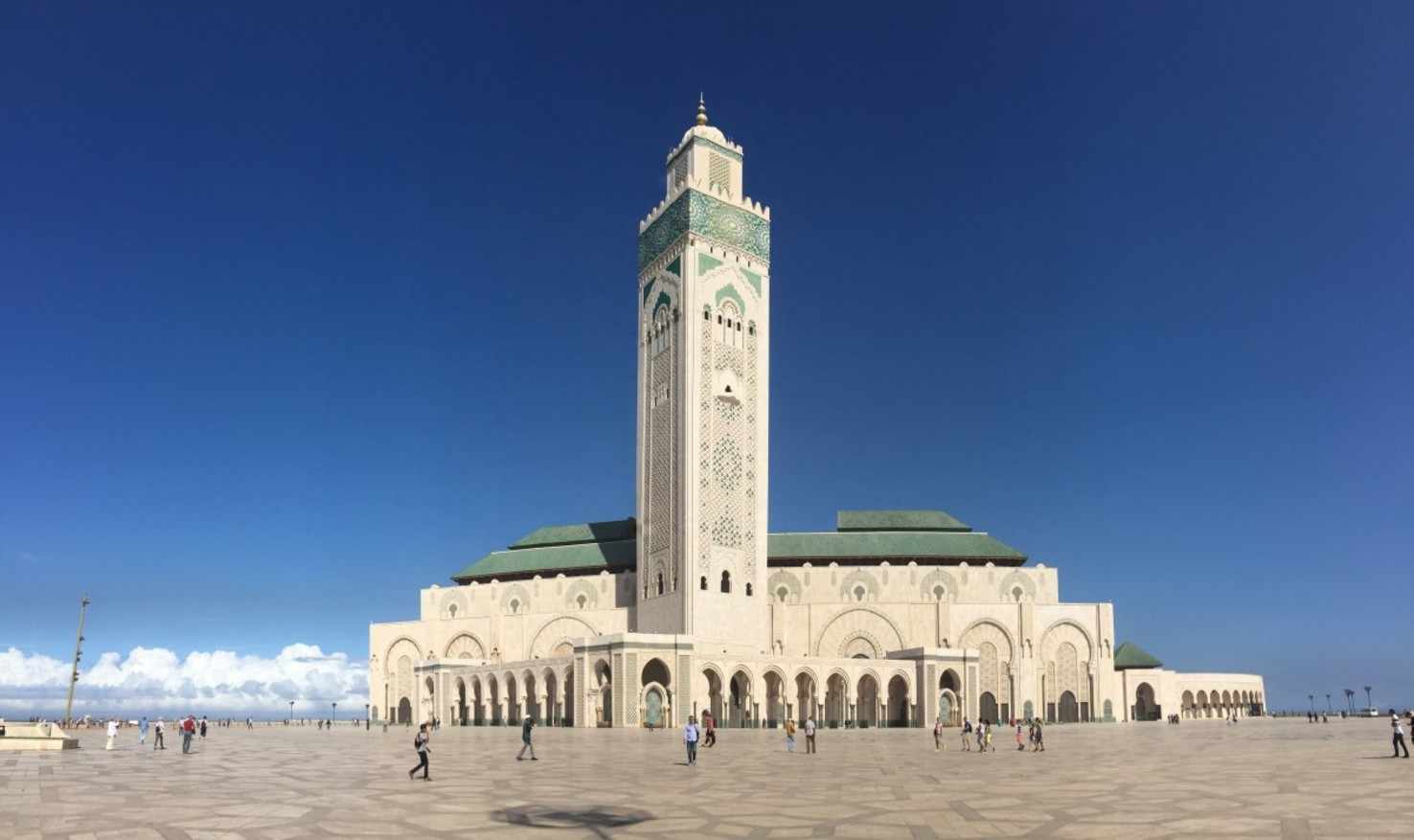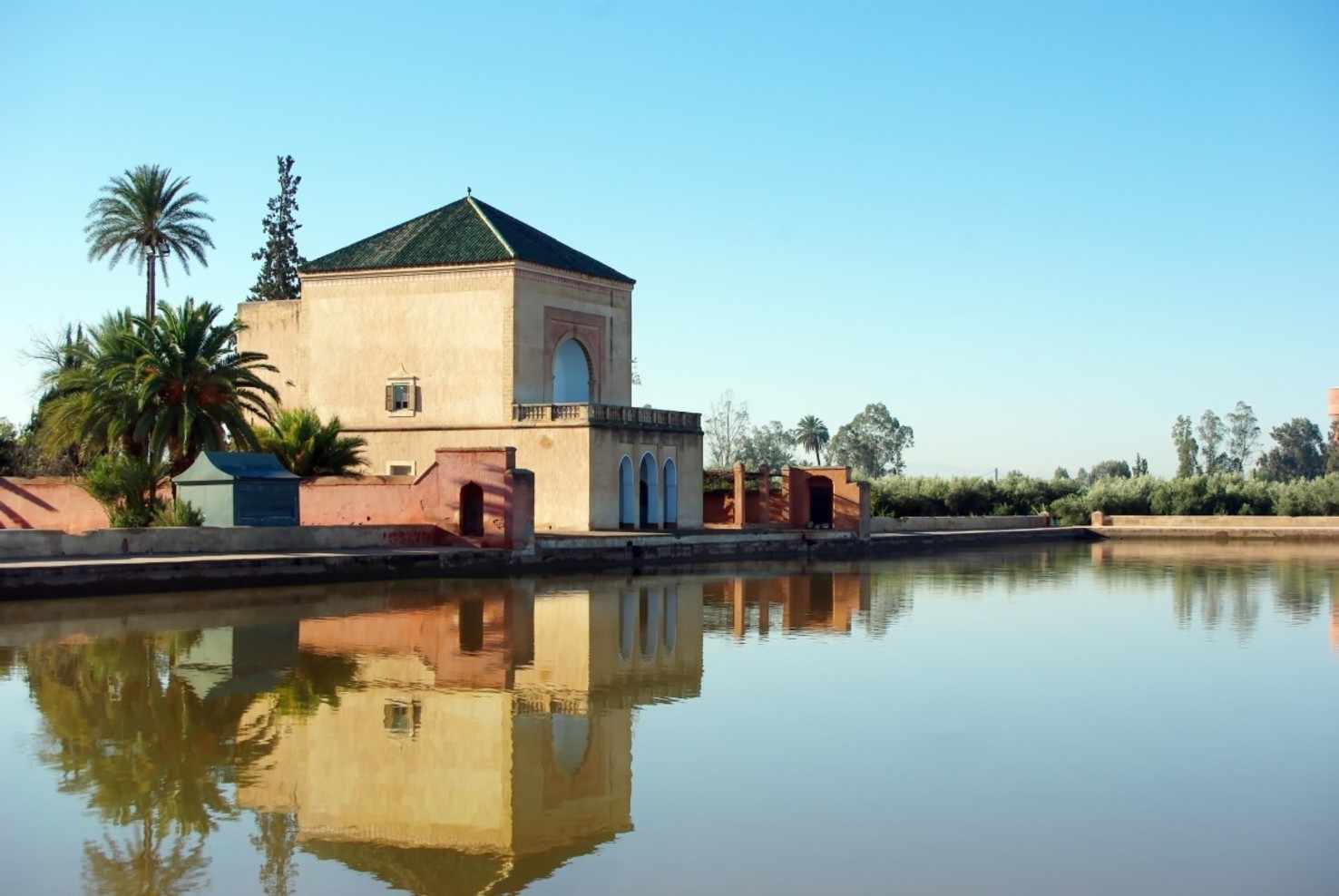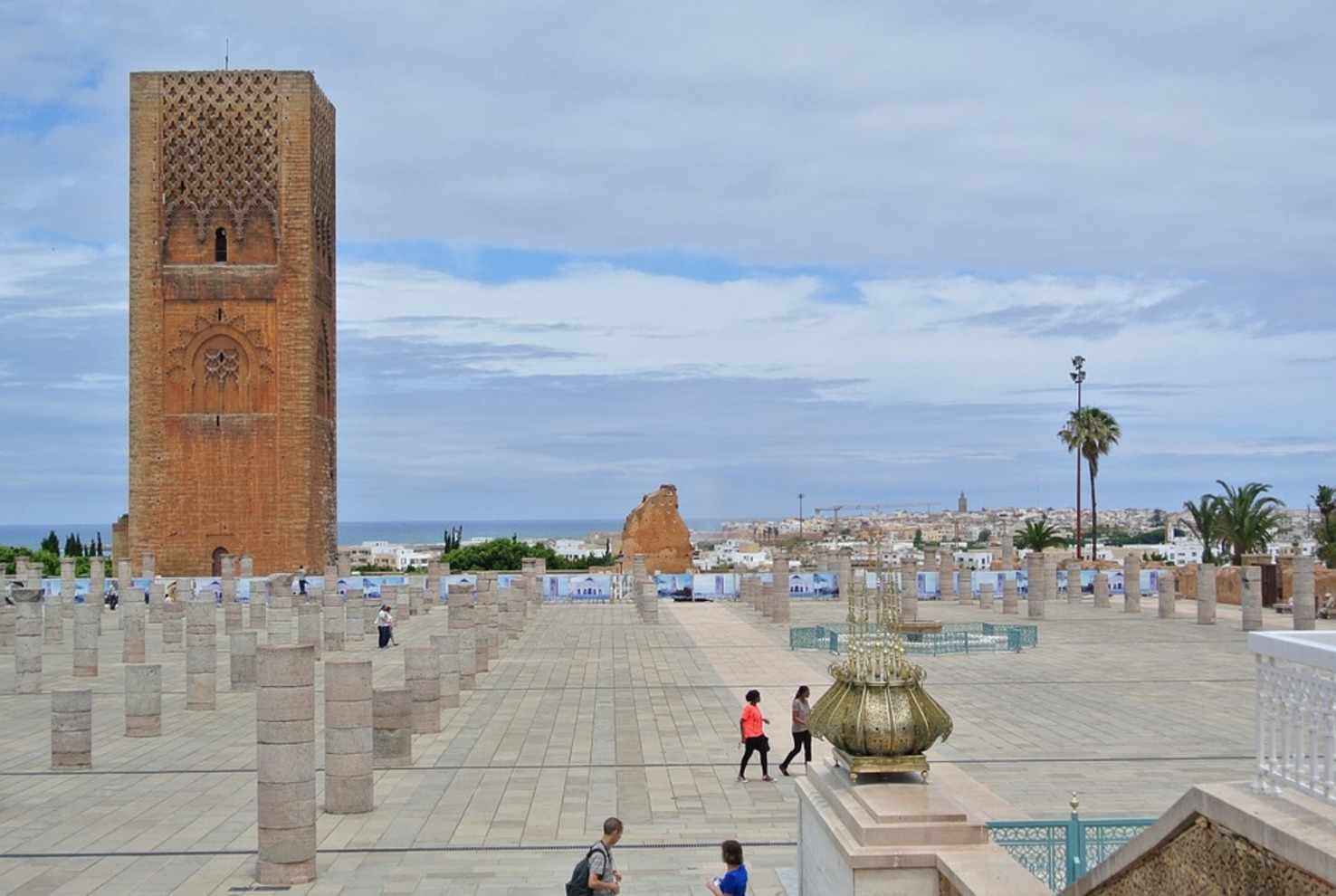Morocco Discovery - Vacation Package to Morocco
Morocco - 11 Nights / 10 Days
"Morocco is a land, which possesses a rich culture and outstanding viewpoints. Here, you will enjoy staying in traditional accommodation, exploring villages off the beaten track, learning the secret to the perfect Moroccan couscous, visiting the grand Ait Benhaddou kasbah, travelling through the Sahara on a camel, and relaxing on Essaouira beach. You can get surprises around every corner due to its myths and legends."
Arrive Casablanca and continue to RabatYou are met upon arrival at Casablanca airport. Drive along the Atlantic Ocean to Rabat. Founded in the 12th century, this entrancing Imperial city became the administrative capital of the Kingdom of Morocco in 1912.Rest of the day is free at leisure. Overnight in Rabat.
This morning’s tour of Rabat begins with the Mohamed V Mausoleum, the resting place of the late King Mohammed V and of his son, and guarded by the mounted Royal Household Guard. Next, see the minaret of the Great Mosque, the Hassan Tower, whose construction was left unfinished at only half of its intended 260-foot height. Explore the Kasbah of the Oudayas, whose alleyways are reminiscent of a whitewashed Andalusian village. Then drive to Chellah, which in the 5th century was a prosperous Roman enclave called ”Sala Colonia,”. In the 14th century it was transformed into a vast cemetery or Necropolis. Today it is a garden with flowers and fruit trees, but you can still see evidence of the Roman ruins. See the Méchouar Precinct of the King’s Palace, with its impressive Islamic architecture, before driving east to the Salé Fortress, the lair of the infamous Moroccan corsairs of the Barbary Coast who raided the seas from the Crusades through the 1800s. Next, visit Morocco’s best museum the Dar Belghazi Museum, to see its impressive collections of jewelry and artifacts dating back to the 10th century. Arrive in the ancient Imperial City of Fes (or Fez) by late afternoon.
Today’s tour begins with a visit to the Saâdien watchtower and the Dar Batha Museum, with its large collection of carpets, woodwork and weapons. Next, explore the labyrinth of the ancient Fes Medina, a UNESCO World Heritage Site. Then on to the beautiful Mausoleum of Moulay Idriss and the impressive al- Quarawiyyin Mosque. See the caravanserail (old relay station for traveling merchants and pilgrims), at el-Nejjarine Square. Enjoy the aromas of the nearby Souq el- Atterine, with its spices and savory delights. After lunch, drive to the bank of the Oued Fes, to see the renowned Tanneries and Souq el- Henna, with its potteries and perfumes. Admire the impressive seven bronze gates the Dar el Makhzen (Royal Palace), and visit the Mellah (Jewish quarter) to see examples of Mauro-Hispanic architecture. End the day with a drive to the Borj Sud, for a panoramic view of the city and medina below.
This morning visit the extensive archaeological site at Volubilis, a UNESCO World Heritage Center, with its ancient Roman mansions, monuments and mosaics. Explore the medallions of Bacchus, the Gordian Palace, the Triumphal Arch, the Capitol and many more. Next, drive to the small hilltop town of Moulay Idriss, the holiest Islamic town in Morocco. (Each August throngs of faithful pilgrimage here to the tomb of the Sultan Moulay Idriss the Elder, a descendant of the Prophet Mohammed.) This afternoon drive to the city of Meknes, one of Morocco’s four Imperial Cities, with origins tracing back to the Roman occupation in 3BC. See its 25 miles of ramparts, monuments and Babs (gates), including the beautiful Bab Mansour el Alj. Visit El Heri es-Souani, a huge granary with stables that housed the Sultan’s 20,000 Arabo-Berber ‘Barb’ horses, and the splendid Moulay Ismail Mausoleum. Next explore the Dar Jamaï Museum, built in 1882 by the illustrious Jamaï family. Today it is the Museum of Moroccan Art, containing crafts of the region including wrought iron work, wooden sculpture, weaving and pottery, as well as jewelry, traditional costumes and rare carpets.
This morning drive to the bustling commercial capital of Morocco, Casablanca. Your afternoon tour starts at the beautiful Hassan II Mosque, the second largest mosque in the Islamic world. This architectural masterpiece took seven years to complete, with more than half a million square feet. of carved cedar wood. Next drive through the Corniche to Anfa, the elegant hillside residential district and the original site of Casablanca. Continue through Mohammed V Square to the bustling Central Market, a colorful kaleidoscope of street musicians, fresh fish, flowers, fruit, and spices. Next, visit the New Medina, or Habous Quarter, with its picturesque arch-covered alleys lined with shopkeepers. There is an entire section dedicated just to olives, and you must see the renowned Patisserie Bennis Cake, whose interior is decorated with amazing mosaics. Visit the Church of Notre Dame de Lourdes, with its large stained glass window and contrasting wooden copula, and the busy United Nations Square in the heart of the modern town.
This morning fly to Ouarzazate, gateway to the Sahara. This afternoon, visit the magnificently exotic Ksour of Aït Ben Haddou, a UNESCO a World Heritage Site. One of the more spectacular sights in the Atlas ranges, it is a collection of separate but closely-knit Kasbahs snuggled up against a looming mountainside. Explore this settlement of high, elaborately decorated pisé walls, and the turrets, crenulated ramparts, balustrades and arched babs.
Today see the wonders of Mother Nature as you drive along the Route of 1000 Kasbahs. Visit Qlâa’t Des M’Gouna, where thousands of small, pink roses have been grown for centuries to make “Eau de Rose,” the Berber’s precious rose oil essence. Drive up between the tall, wide and delicately eroded limestone cliffs, seeing ksours, kasbahs and colorful pisé houses. At the mouth of the Dadès Gorge visit the small town of Boumalne Du Dadès, before climbing another 10 miles up to the Oued Todra and into to the deepest, narrowest and most spectacular part of the drive. Return to Ouarzazate by later afternoon.
Today travel up through the High Atlas Mountains, traveling around exhilarating hairpin turns, before descending across the Glaoua Plains to Marrakech. This afternoon enjoy a ride in a calèche (carriage) for a tour through the city. Visit the Majorelle Garden, with its winding walkways, quaint bridges, gurgling fountains, and shady gazebos. This oasis is home to hundreds of exotic plants and many species of colorful local birds. The adjacent Museum of Islamic Art houses a tasteful collection of Islamic art, and Moroccan tribal art. Next see the dramatic Almohad Koutoubia Mosque, built in the mid 12th century, it is still the tallest mosque in Marrakech. Continue to the fascinating Djmaâ el Fnaâ Square, (‘Assembly of the Dead’), with its stalls of vendors, snake charmers and fortunetellers. Here, until the 19th century, the severed heads of criminals were displayed on stakes for all to see.
This morning explore the historic sites of the city, starting at the lavish Saâdien Tombs. Dating back to the 1550s, this is the ancient cemetery of the descendants of the Prophet Mohammed. See the Prayer Hall with its tall arches, the 18th century tombs of the Alaouite princes, and a large tomb of the Black Sultan. Next explore the remnants of the vast and magnificent El Badii Palace. Built in the late 1500s it took 16 years to complete, but then, just a century later, it was destroyed by the Alaouite Sultan Moulay Ismail. Continue to the Dar Si Saïd Museum, an 18th century palace, which today houses both traditional and contemporary exhibitions of Moroccan arts and sculpture. Then visit Ali Ben Youssef Medersa, built in the 14th century as an Islamic school. It is one of the most beautiful buildings in Marrakech, made of carved cedar wood, exquisite stuccowork, and colorful zellige tiles. This evening visit the Souqs of Marrakech - a labyrinth of narrow alleyways overflowing with colorful and aromatic wares.
Today take an exhilarating drive into the High Atlas Mountains. Pass the Moulay Brahim Gorges, the high valleys of the Tizi n’Techka, to 5700 feet and the Berber town of Imlil. Set in the upper level foothills of the Western High Atlas Mountains, admire the surrounding snow- capped peaks, including Jbels Toubkal (13,670 feet), the highest peak in North Africa. Descend through the Aït Mizane Valley, dotted with Berber hamlets built on the stark slopes of the mountains. Later this afternoon visit the home of a local family, and see how they make Morocco’s renowned mint tea. Tonight enjoy dinner at the famed Yacout Restaurant.
Today you are taken to the airport for your flight home or on to your next destination.
- Accommodation at the hotels as per the itinerary.
- Meals as mentioned in itinerary.
- Entrance fees and sightseeing services as specified in the itinerary.
- Transfers if mentioned in the itinerary
- Sightseeing as specified in the itinerary.
- International air ticket.
- Airport taxes.
- Overseas travel insurance.
- Visa charges
- Festivity surcharge & festivity compulsory service by hotel(s) if any
- Meals, tips, laundry, porterage, telephone, mineral water, optional excursions and other items of a personal nature.
- Cost of foreign exchange for personal use.
- Any items or services not specified in the itinerary 'TOUR PRICE INCLUDES' head.
- G.S.T. of 5% payable to Govt of India.
Ibis, Casablanca (or similar)
Sofitel, Casablanca (or similar)
Hotel Mercure, Rabat (or similar)
Villa Mandarine, Rabat (or similar)
Riad Layalina , Fez (or similar)
Riad Boutique, Fez (or similar)
Hotel Lawrence D’arabie, Marrakech (or similar)
Royal Mansour Marrakech, Marrakech (or similar)
- The above quoted price is approx. and is subject to change depending on the travel period, no. of persons travelling together and other factors
- We are not holding any confirmation for the same and the pricing is subject to Terms and Conditions
- For the exact cost all inclusive of taxes, you are requested to get in touch with our Sales office on 020 49027000
- The quoted rates will be from the EX - start city as mentioned in Day 1 of the itinerary
